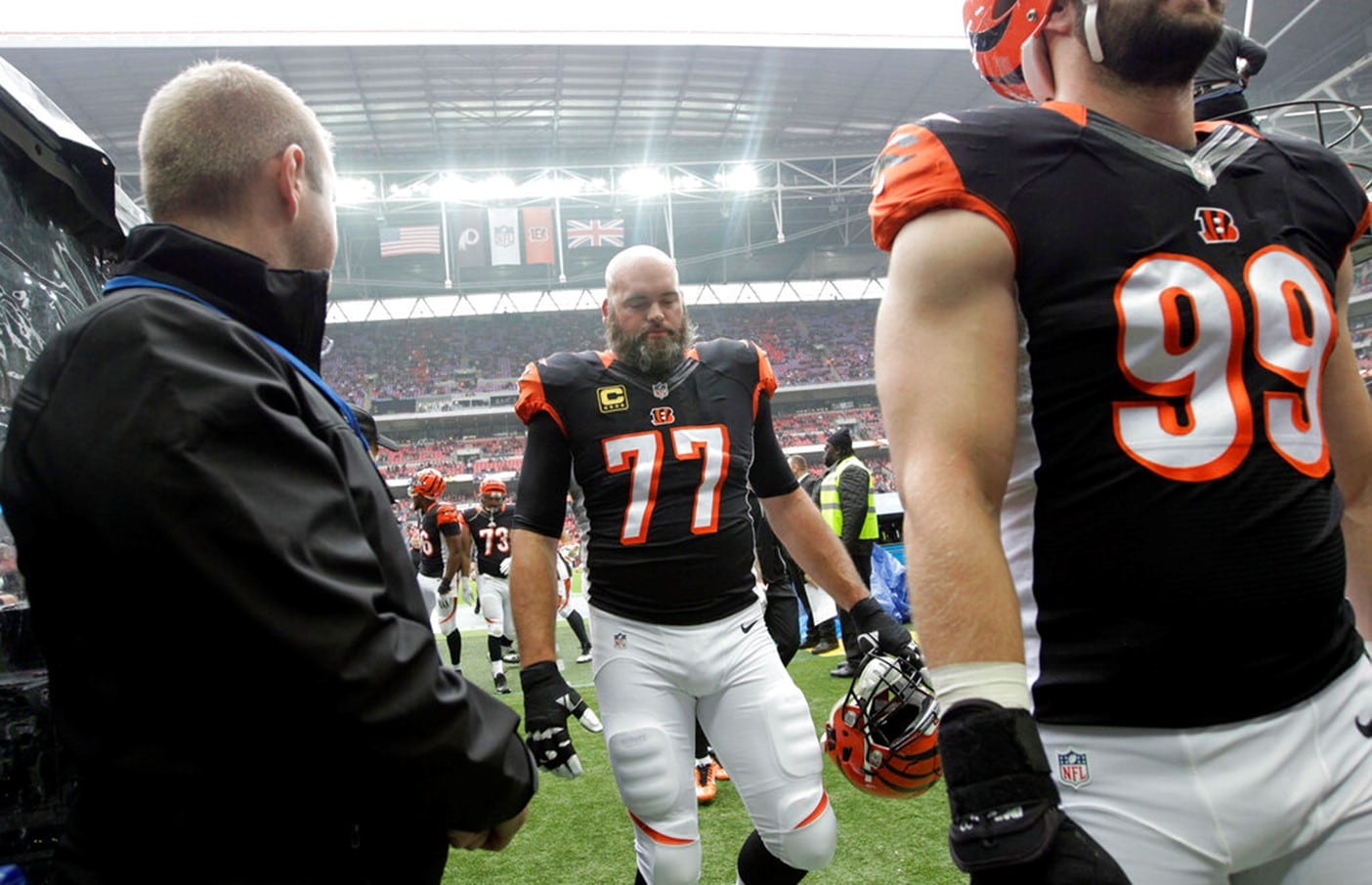Bussiness
Experts reveal the best Christmas songs to perform CPR to – London Business News | Londonlovesbusiness.com

In the past year alone, 34,407 people in England have suffered an out-of-hospital cardiac arrest, with 80% of these taking place within the home[1].
As the temperatures drop and the cold winter weather enters the UK, there is likely to be an increase in cardiac arrests, due to rising blood pressure and heart rates, making your heart work harder to circulate blood around the body[2].
Health and safety experts, Direct365 have unveiled which of the most popular Christmas songs you can perform CPR to.
Experts reveal the best Christmas songs to perform CPR to
When performing CPR it is important to note that the pace at which you do these chest compressions is crucial, as you need to push fast enough to circulate blood, but not too fast, to allow the heart time to refill between compressions[3].
While most commonly, the song “Staying Alive” by the Bee Gees is known as the most life-saving songs, you can perform CPR to a vast array of songs. These may include one of the Christmas hits stuck in your head over the next month.
Only 15% of the UK’s top 40 Christmas songs are CPR friendly
Out of all the UK’s most popular Christmas songs only 6 out of 40 follow a bpm between 100-120 making them suitable to perform CPR to. The average BPM of the UK’s top 40 Christmas songs is 125, and therefore the majority of Christmas songs do have a BPM slightly too fast to perform CPR to.
Last Christmas – Wham! (BPM 108)
As a firm favourite at Christmas, Last Christmas, released in 1984 by Wham! is a great song to perform CPR to. With over 1.5 billion listens on Spotify, the song is guaranteed to be stuck in people’s heads over the festive season.
One More Sleep – Leona Lewis (BPM 113)
Released in 2013, Leona Lewis’s festive hit which features on her first Christmas album, ‘One More Sleep’ has a BPM of 113 making it suitable to perform CPR to. The song has been listened to by 215,506,848 on Spotify.
Mary’s Boy Child/ Oh my Lord – Boney M (BPM 113)
Boney M’s cover of Harry Belafonte’s 1956 hit ‘Mary’s Boy Child’ put to the medley of ‘Oh My Lord’ has received almost 140 million listens on Spotify. The single by the popular German group of the late 1970’s has a BPM of 113, making it optimal to perform CPR to.
Baby it’s Cold Outside – Idina Menzel Ft Michael Buble (BPM 113)
Idina Menzel’s 2014 hit, Baby it’s Cold Outside, featuring Michael Buble (113 BPM) is the most recently released song which is suitable to perform CPR to. The song has been listened to over 200 million times on Spotify and since it’s release a decade ago, has become a firm favourite.
Do They Know it’s Christmas – Band Aid (BPM 115)
With over half a billion listens on Spotify, Band Aid’s 1984 Christmas single, ‘Do They Know it’s Christmas’ is a classic for your Christmas playlist. The song has a BPM of 115, which makes it both enjoyable to listen to and a perfect beat to perform CPR to.
Jingle Bell Rock – Bobby Helms (BPM 119)
Released almost 70 years ago, Bobby Helms Jingle Bell Rock is the oldest song on the list suitable to perform CPR to. The song released in 1957 has a beat per minute of 119 making it perfect for evenly timing chest compressions on a patient. The song has over 1 billion streams on Spotify, highlighting its popularity.
How to perform CPR?
If you are ever in the position where you are required to carry out CPR, follow these steps on how to perform CPR:
- Check whether the patient is unconscious by shaking them lightly and asking if they are Okay. If you do not get a response or if they are not breathing at all or not properly, they have likely gone into cardiac arrest.
- Call for help. Shout for help and assistance in phoning an ambulance and locating a defibrillator. If you are on your own, place your phone on loudspeaker so you can tend to the patient while speaking to the call operator.
- Start chest compressions. Here is how to do effective compressions:
- Kneel by the side of the patient and put the heel of your palm on the centre of their chest. Then, put your other hand on top of the first hand and interlock them.
- Ensuring your arms are stretched straight, use your hands to push the breastbone down firmly, around 5cm down, and release.
- Do this at a rate of around 2 per second. For help on this, use the beats of any song with a bpm of 100-120, including one of the listed above songs.
- If you feel comfortable, give rescue breaths every 30 seconds. To do this, tilt the head up with your fingers on their chin, open the patient’s mouth and breathe into their mouth.
- Repeat chest compressions and rescue breaths until an ambulance arrives to ensure that blood continues to circulate around a patient’s body.
- Use a defibrillator as soon as you can. This step is key to helping the chances of survival. Unpack the defibrillator and follow the visual instructions on pack and then the verbal instructions coming from the machine, while continuing to give CPR.
Karl Bantleman at Direct365 said, “Knowing what to do when witnessing someone having a cardiac arrest is a vital life skill that all adults should learn. However, it is apparent that many people in the UK have never formally been taught how to perform CPR or use a defibrillator, or if they have, it was only while at school.
Life-saving skills like CPR and defibrillator training provide on-the-spot intervention that can increase a person’s chance of survival. Therefore, by knowing that one of your favourite Christmas songs has a rhythm of 100-120 BPM, this will boost people’s confidence in providing CPR, as they will more confidently know whether they are performing chest compressions to the correct tempo.
Music naturally calms the human body down, and by reciting a festive song whilst carrying out chest compressions on a patient, this will allow your stress levels to remain stable and for you to focus on the situation rather than the environment around you.”
Head to Direct365 to find more information about the defibrillator products that they offer.










